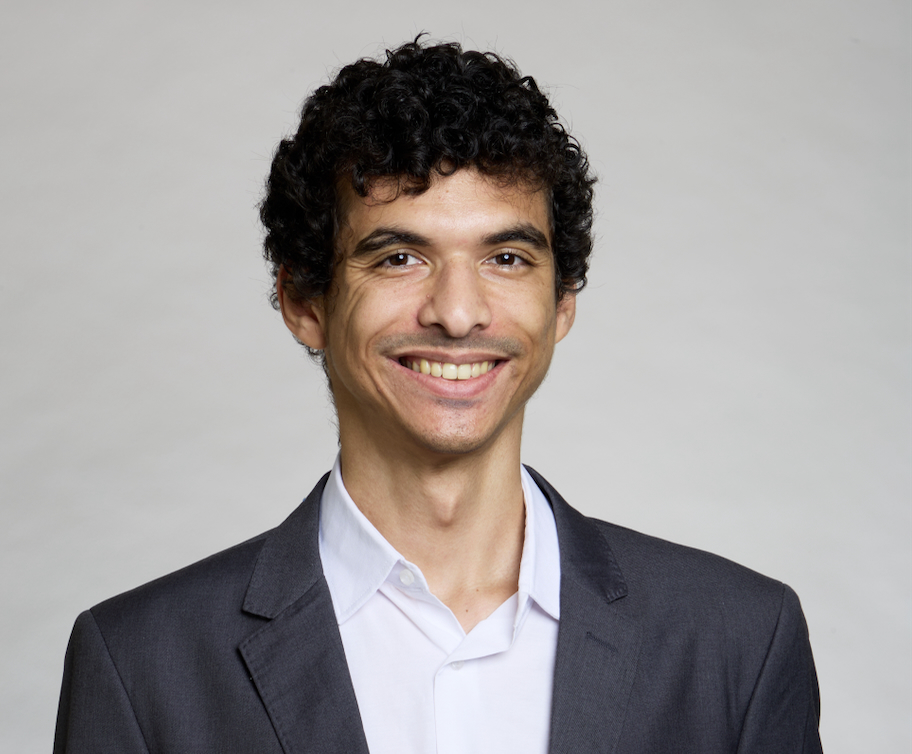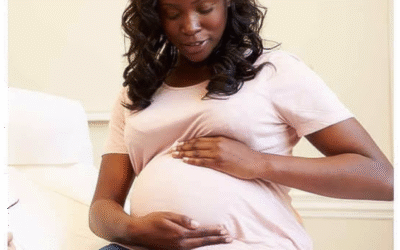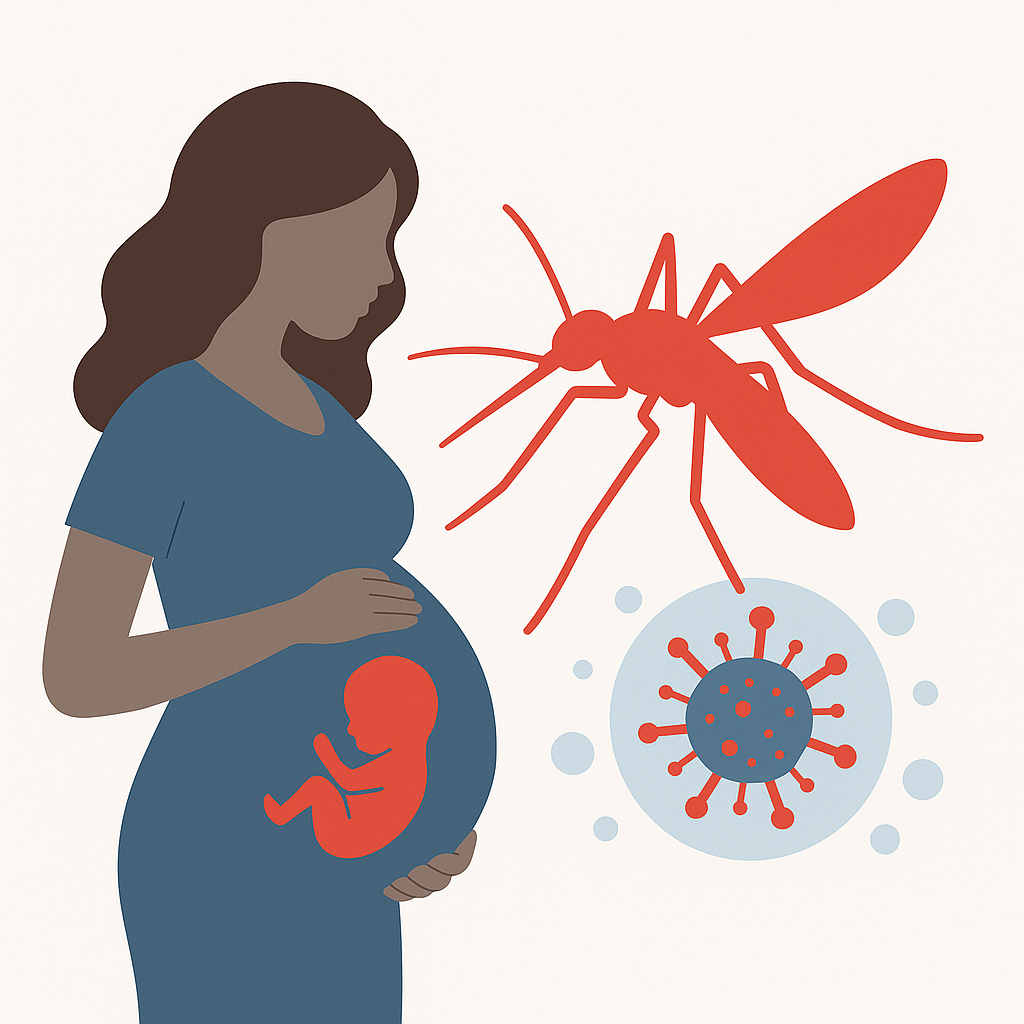Insights from Experts on Dengue, Maternal Health, and Public Health
Interview with Dr. Thiago Cerqueira-Silva
Researcher and co-author of: “Perinatal outcomes of symptomatic chikungunya, dengue and Zika infection during pregnancy in Brazil: a registry-based cohort study” (Nature Communications, 2025).
> Read the full article here
Introduction
At CBHRI, we believe that sharing knowledge across regions is key to strengthening public health. As part of the DENPACT project (Dengue Surveillance and Response through Clade Displacement Analysis and Targeted Interventions), we spoke with Dr. Thiago Cerqueira-Silva, whose work together with colleagues has shed light on the impact of dengue during pregnancy.
His recent research analyzed data from nearly seven million births in Brazil, providing important evidence on how dengue infections may increase risks for both mothers and newborns. Although Brazil and the Dutch Caribbean are very different in scale, lessons learned from large datasets can help inform strategies in smaller island contexts where data are limited.
Q. Your study included nearly seven million births in Brazil. What made this research unique, and why was it important to carry out?
A. The main aim of the study was to conduct a harmonised analysis of the three most common arboviruses (dengue, chikungunya, and Zika), using suitable methods to address this research question. Since previous studies have assessed each disease separately with different methods, and sometimes performed analyses inadequately for this type of research question.
Q. What were the most important findings regarding dengue during pregnancy?
A. Previous studies on the effects of dengue in perinatal health were partially conflicting because some failed to consider the timing of infection, while others were limited by small sample sizes. In our study, we observed adverse effects of dengue, such as an increased risk of preterm birth when infected in the third trimester and low birth weight with infections occurring in the second and third trimesters.
Q. Your results showed trimester-specific differences. What do these findings mean for prevention and maternal health care?
A. The results by trimester enhance our understanding of the adverse effects of the diseases. Analyses that do not consider different time periods can underestimate strong effects; for example, the estimated increased risk for congenital anomaly of Zika in the first trimester is six times higher, whereas in the overall analysis, this effect diminishes to twofold. Meanwhile, chikungunya and dengue had the greatest impact later in pregnancy. For healthcare providers, this information enables more accurate risk assessment and counselling. A pregnant patient presenting with arbovirus symptoms can therefore receive more specific guidance and closer monitoring based on the suspected virus and her gestational age.
Q. From your experience in Brazil, what lessons can Caribbean islands like Curaçao and Bonaire draw for their own preparedness.
A. Use standardised clinical protocols and reporting. Also, integrate surveillance systems, such as arbovirus and mortality, that can quickly reveal public health problems which would otherwise take a long time to be discovered.
Q. What do you see as the biggest challenges in studying arbovirus infections during pregnancy (data, diagnostics, surveillance)?
A. Studies involving pregnancy are inherently challenging because most of the time, we cannot observe all stillbirths. For example, the most robust surveillance system in Brazil is for live births, so in studies evaluating only live births, infections that cause stillbirth instead of other adverse outcomes may appear as no harm. Regarding arbovirus infections, many asymptomatic cases often go unnoticed in passive surveillance systems, such as the one in Brazil. It is also very likely that asymptomatic infections can cause adverse effects during pregnancy, so the estimated effects will probably be slightly underestimated, as the non-infected group will include individuals with asymptomatic infections.
Q. Your paper also highlighted the roles of climate change and globalization. How do you see future risks for new regions such as the Caribbean or even Europe?
A. Climate change is likely to cause the number of cases in endemic areas to continue rising. This trend is evident in the record number of dengue cases in Brazil in 2024. It will also make the disease spread to new areas, as seen in the recent surge of chikungunya cases in Europe. As these diseases, once confined to tropical regions, spread globally, they are gaining more attention. This increased awareness is likely to lead to greater efforts in developing drugs and preventive measures.
Q. Finally, what advice would you give to young researchers and institutes (like CBHRI with DENPACT) that are now starting similar projects?
A. First, careful consideration of the study design and the methods to be employed is essential, as errors in these early stages can fundamentally alter your conclusions. Second, it is important to consider the potential for reusing data collected by surveillance teams and other administrative sources. High-impact research does not always require creating a new cohort from scratch; in fact, our study’s strength was derived from linking large, pre-existing administrative databases. I strongly encourage institutions to explore and develop the capacity to link and analyse real-world data from surveillance systems, birth registries, and hospital records. This approach is cost-effective and provides the statistical power necessary to address critical public health questions at a population level. Finally, assembling a diverse and multidisciplinary team can significantly enhance the likelihood of success and the overall impact of the project.
________________________________________________________
This interview highlights the importance of building bridges between large-scale studies and local realities. By learning from research in countries like Brazil, we aim to strengthen maternal and child health surveillance in the Dutch Caribbean through the DENPACT project.
Interested in learning more about DENPACT or collaborating with us. Contact Eurydice Martina, Project Manager & Head of Capital Management: e.martina@cbhri.com



